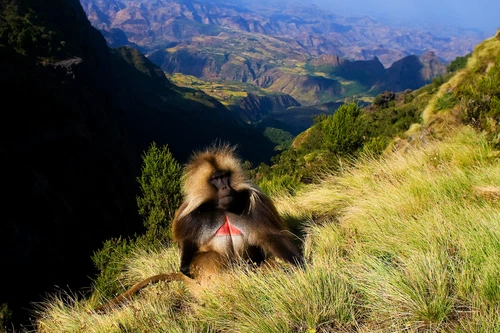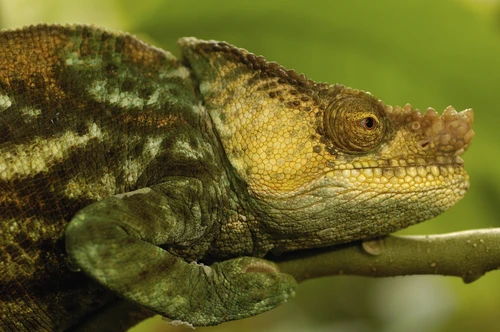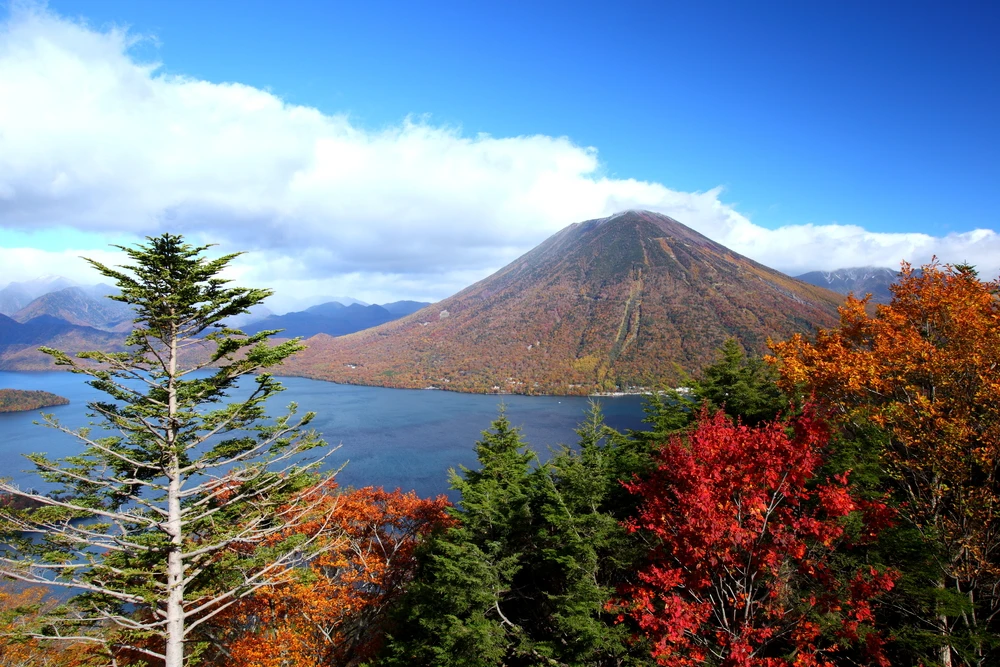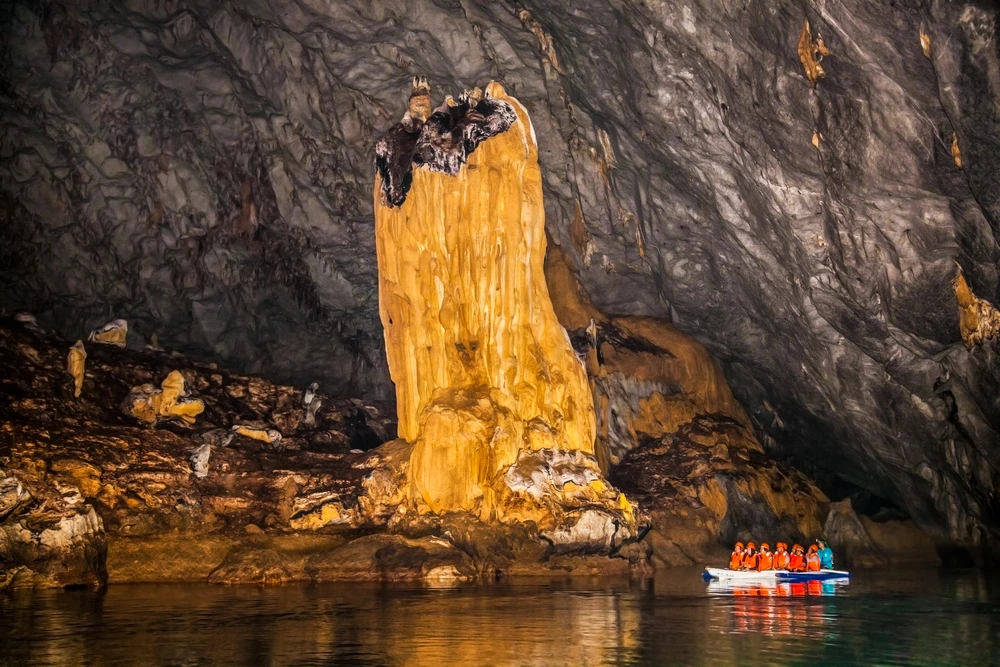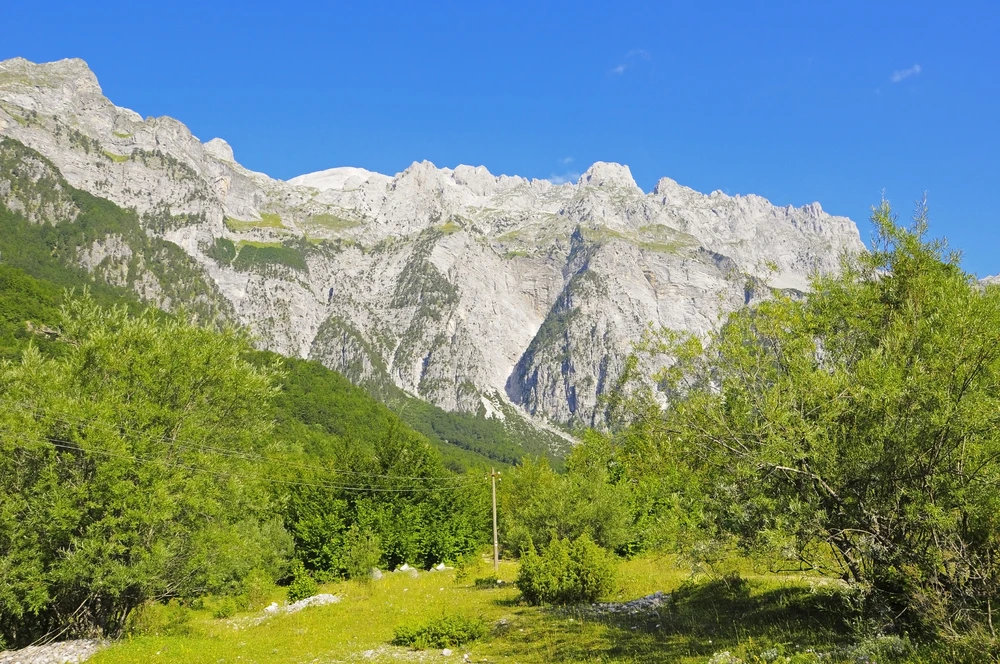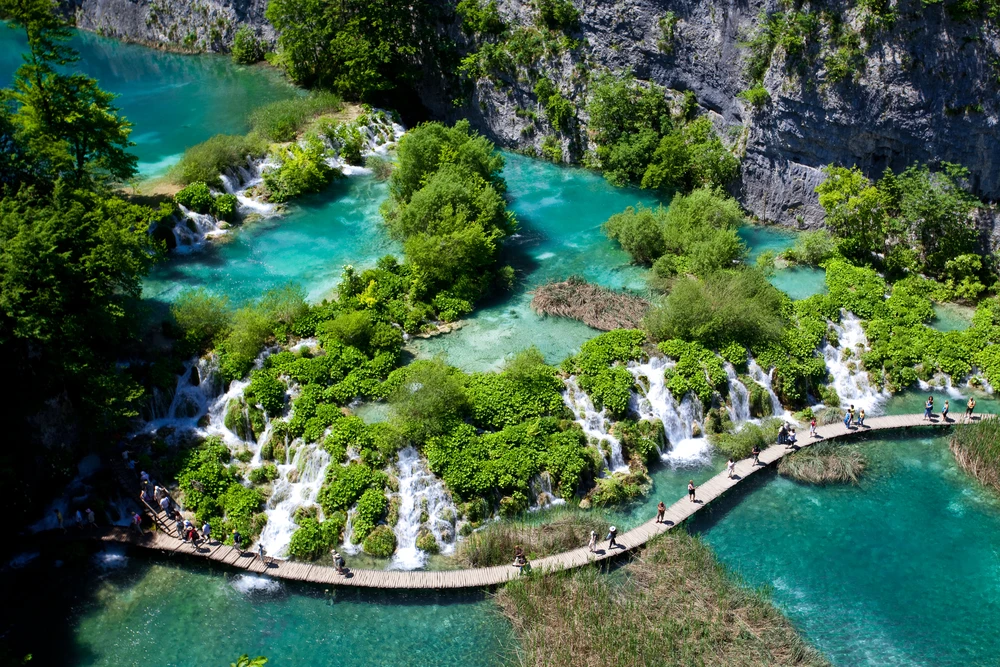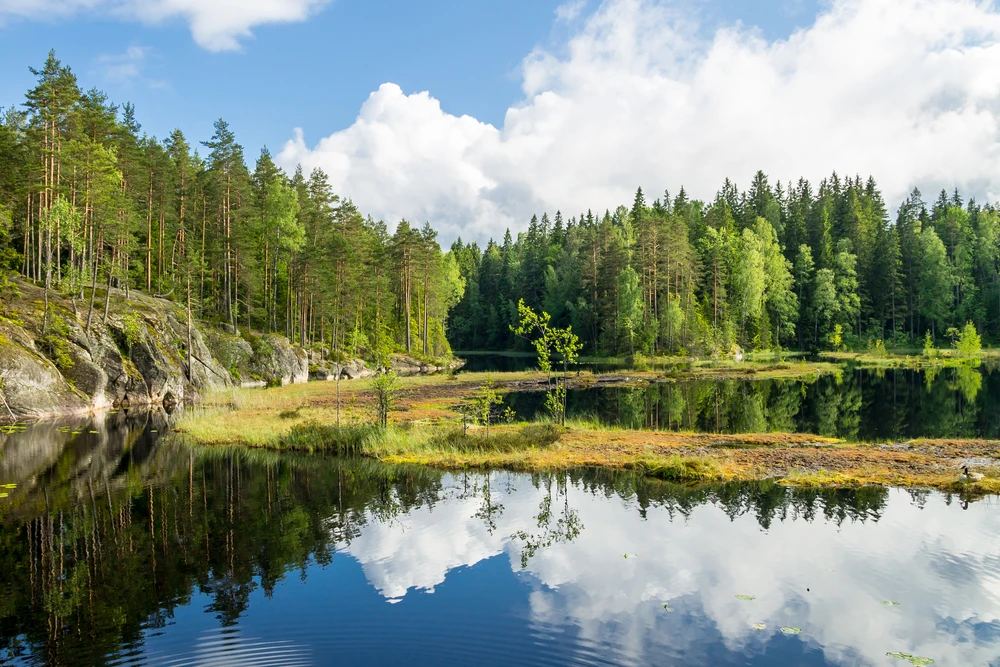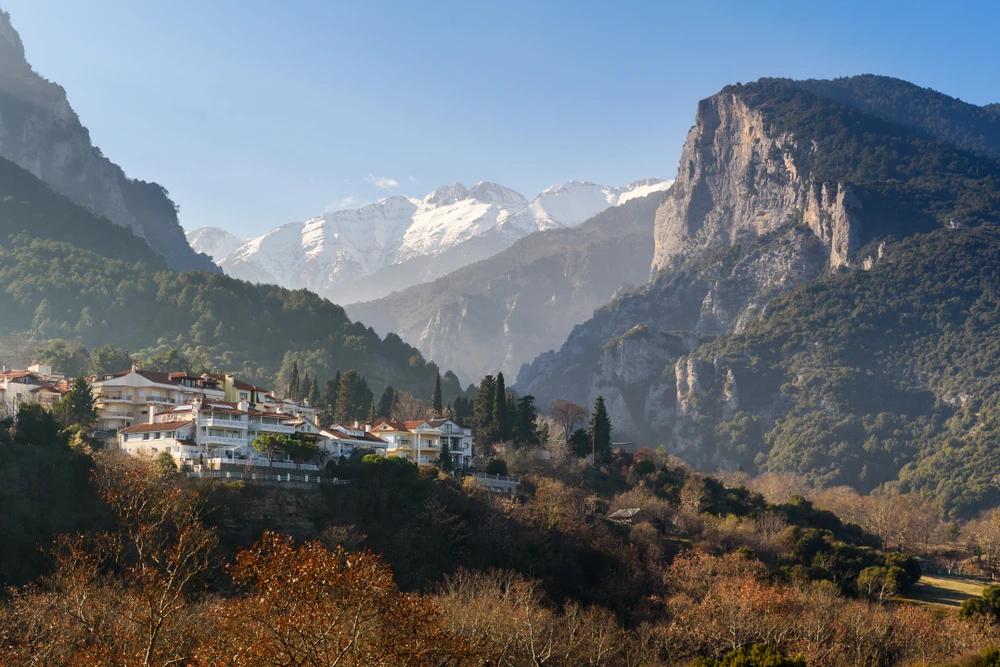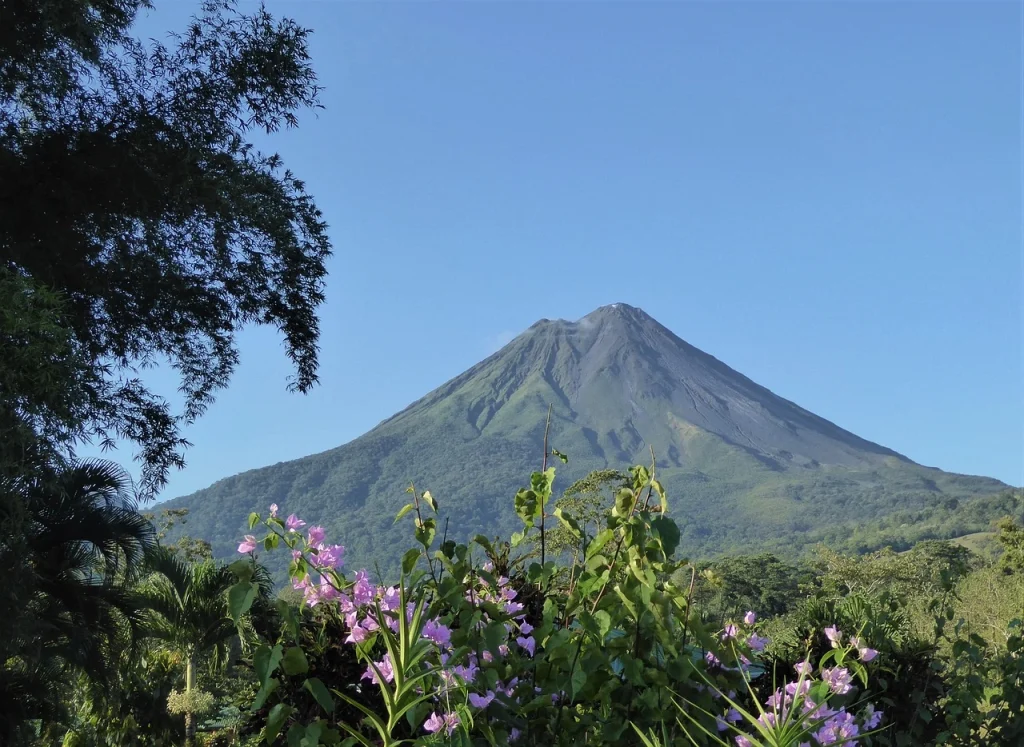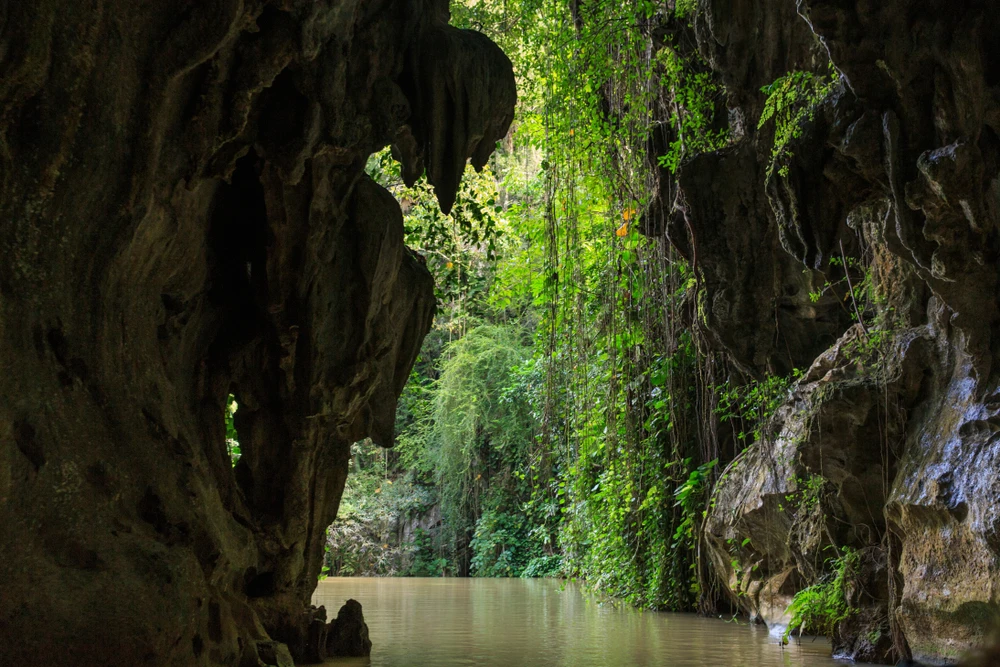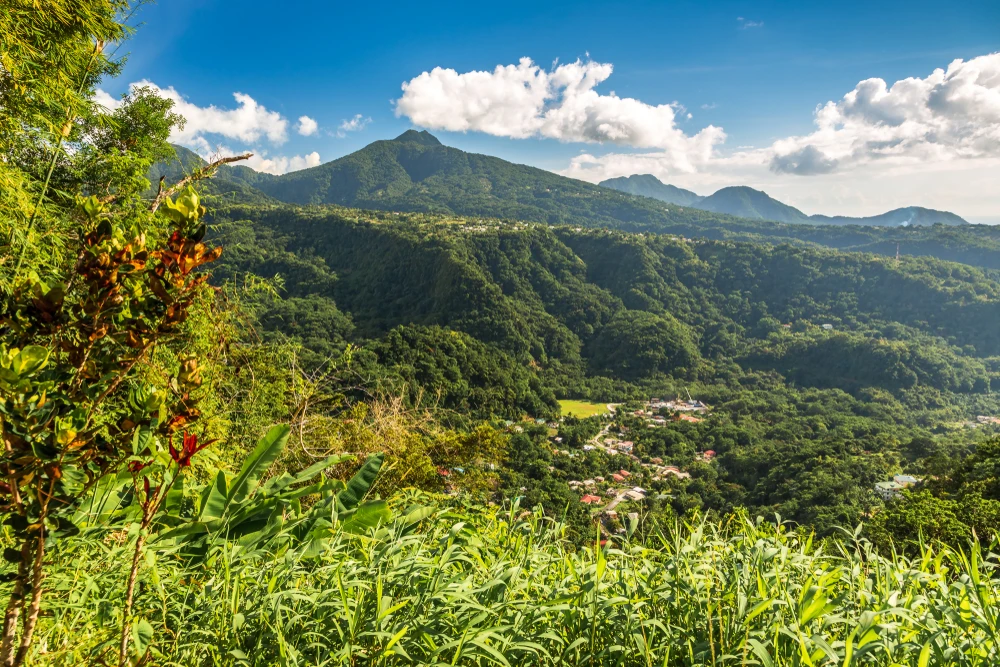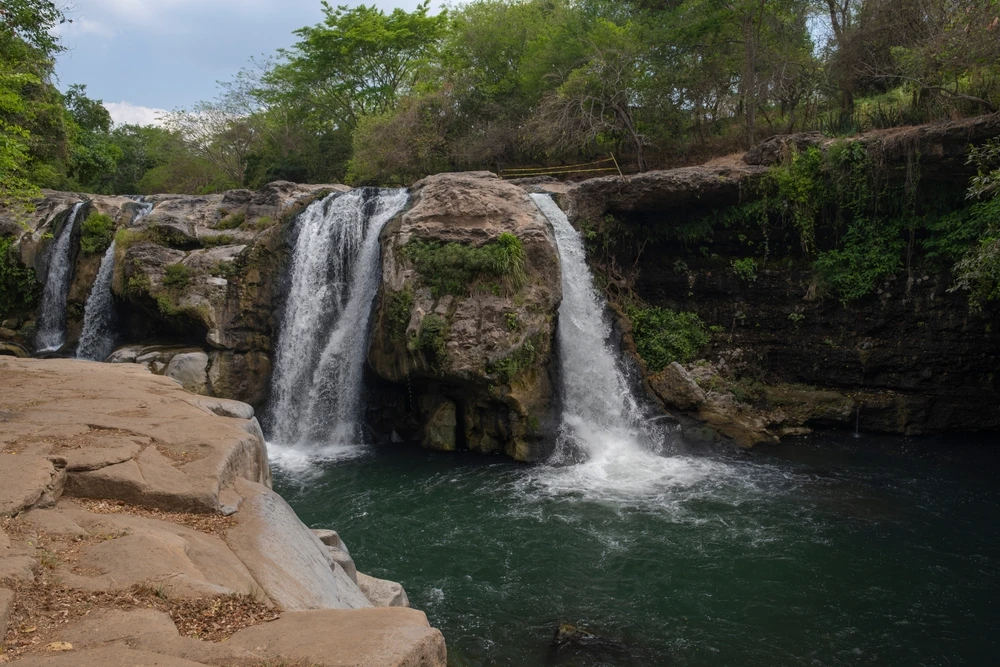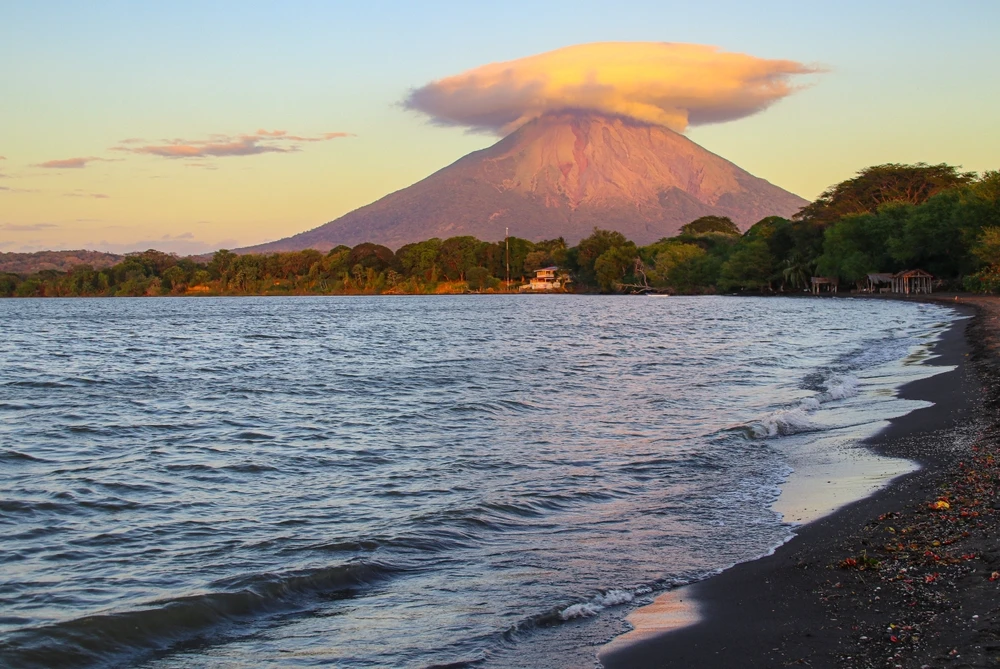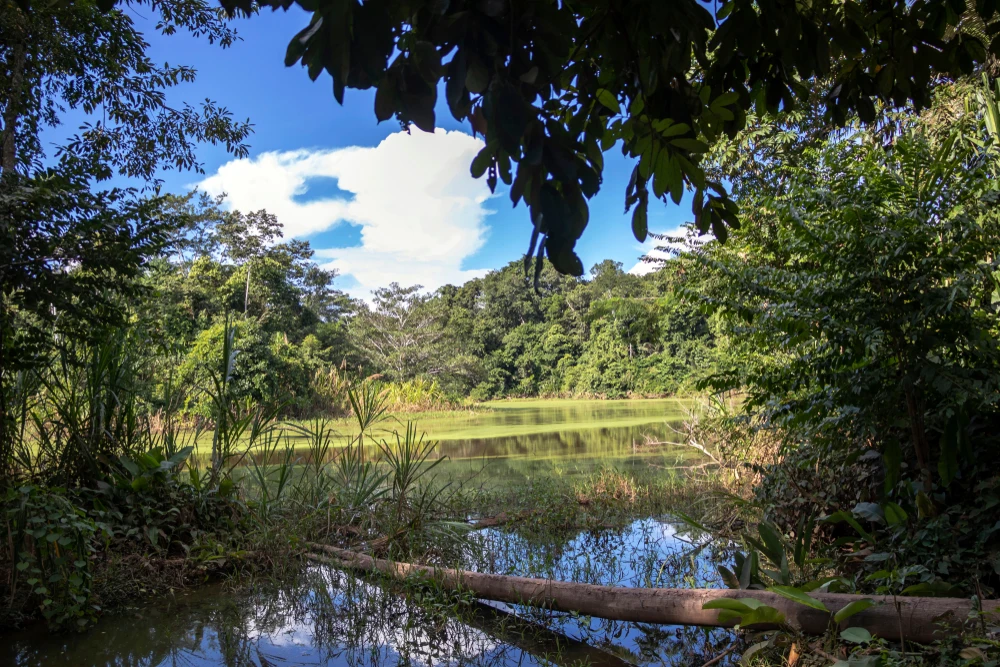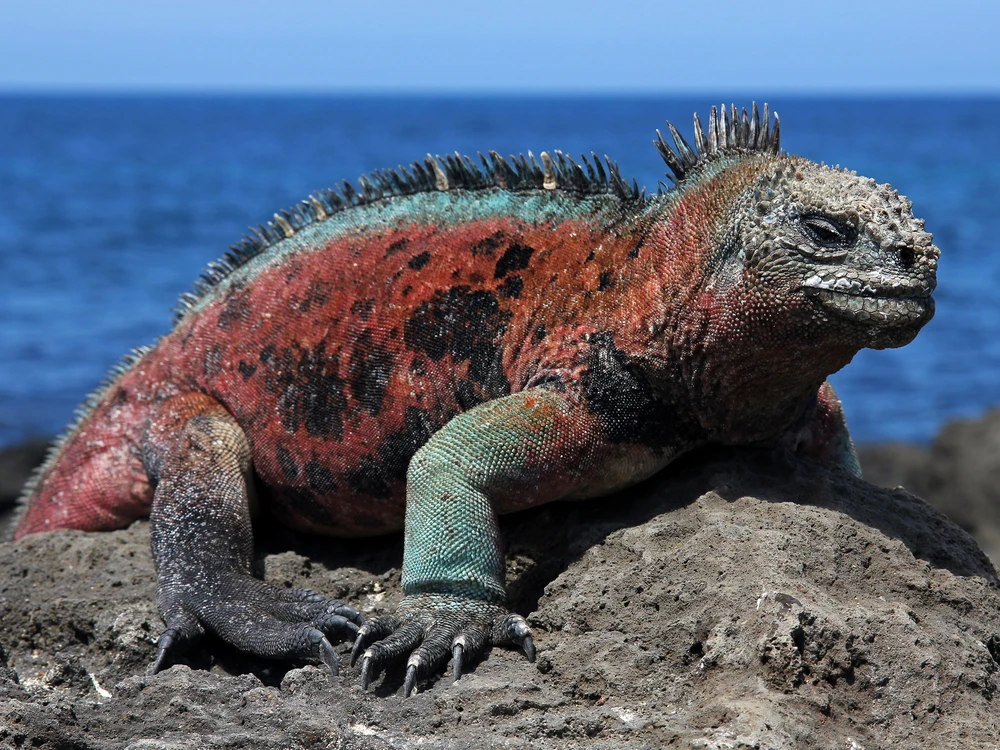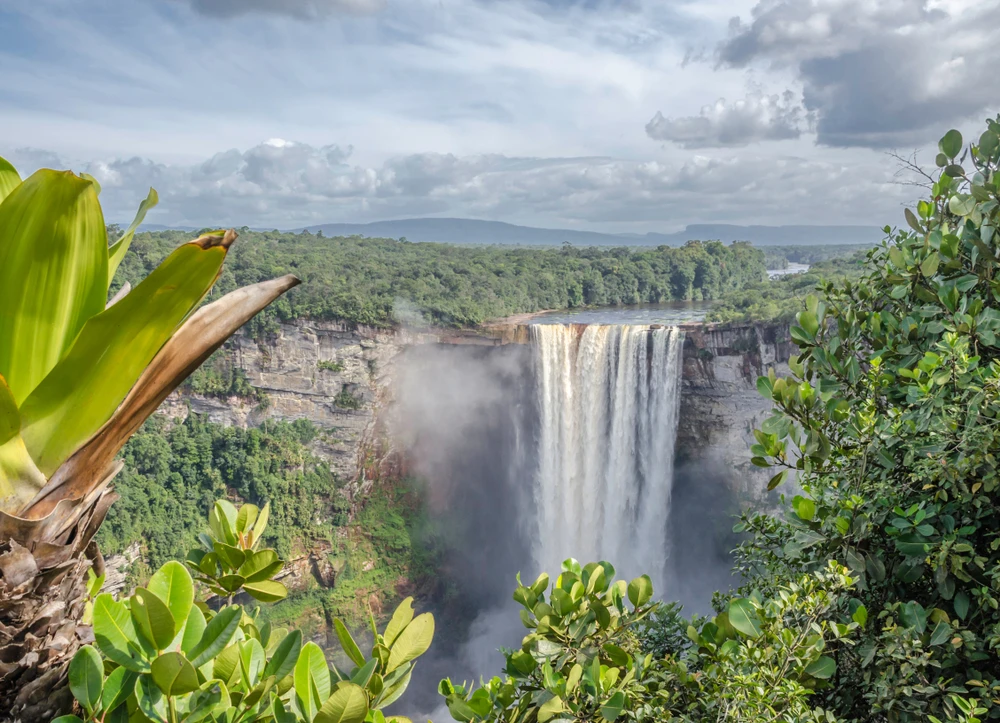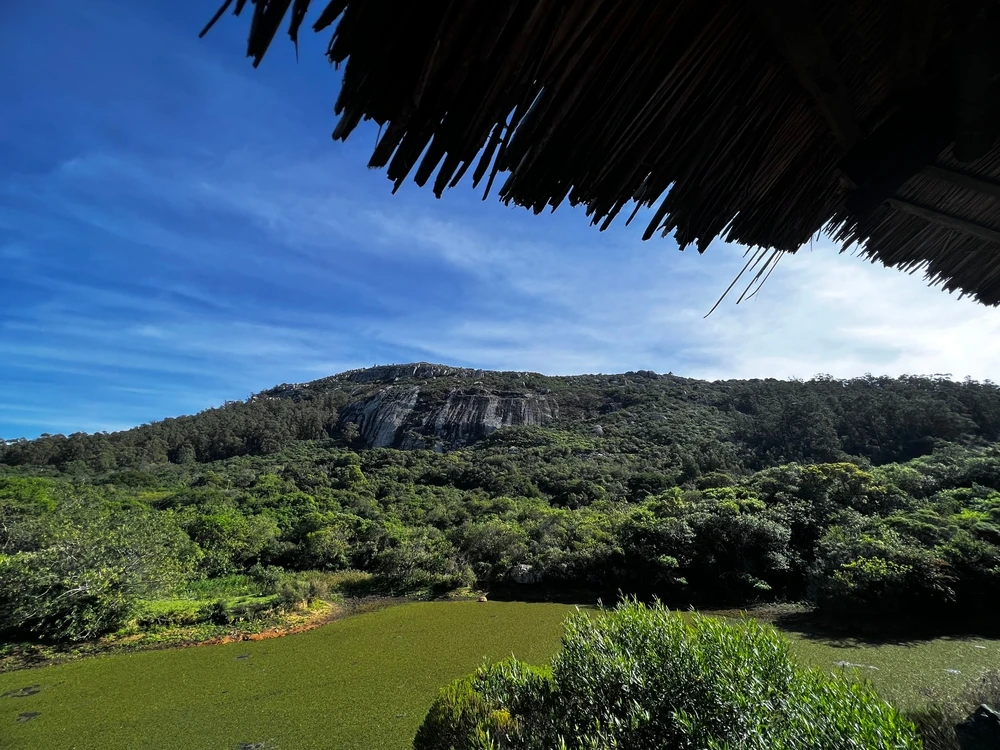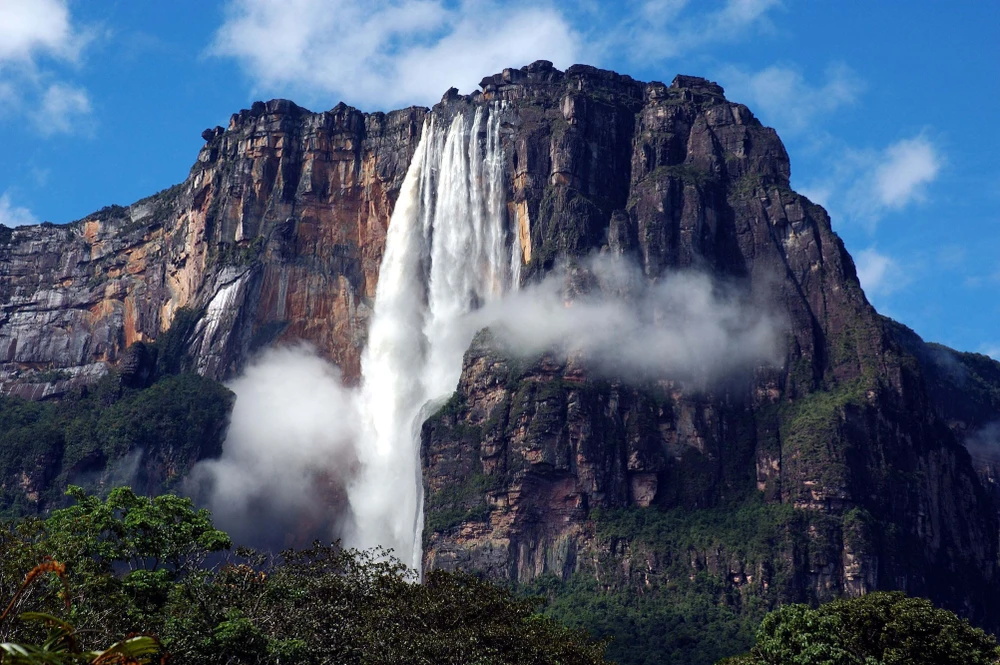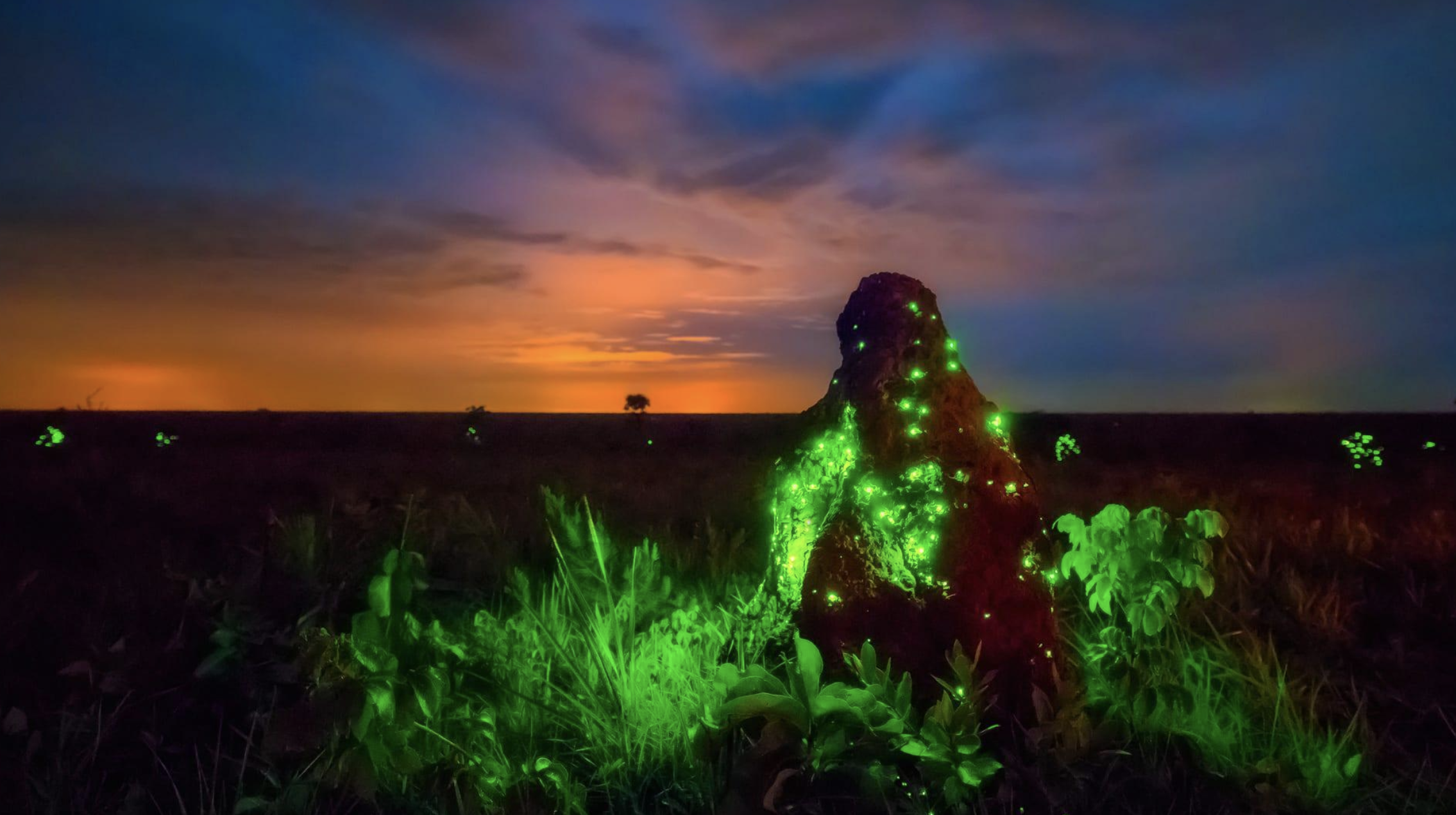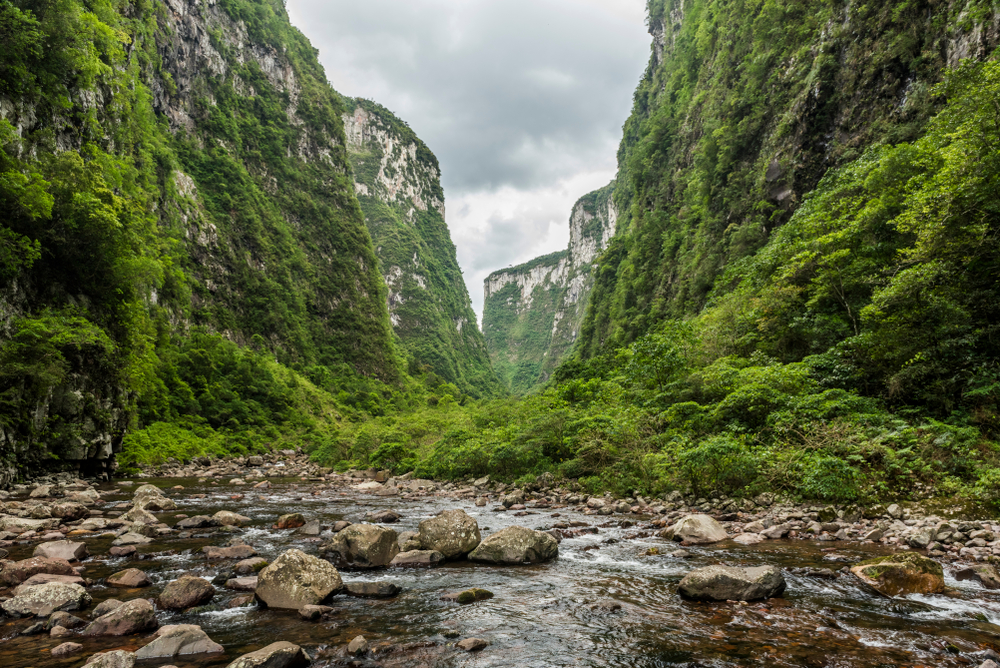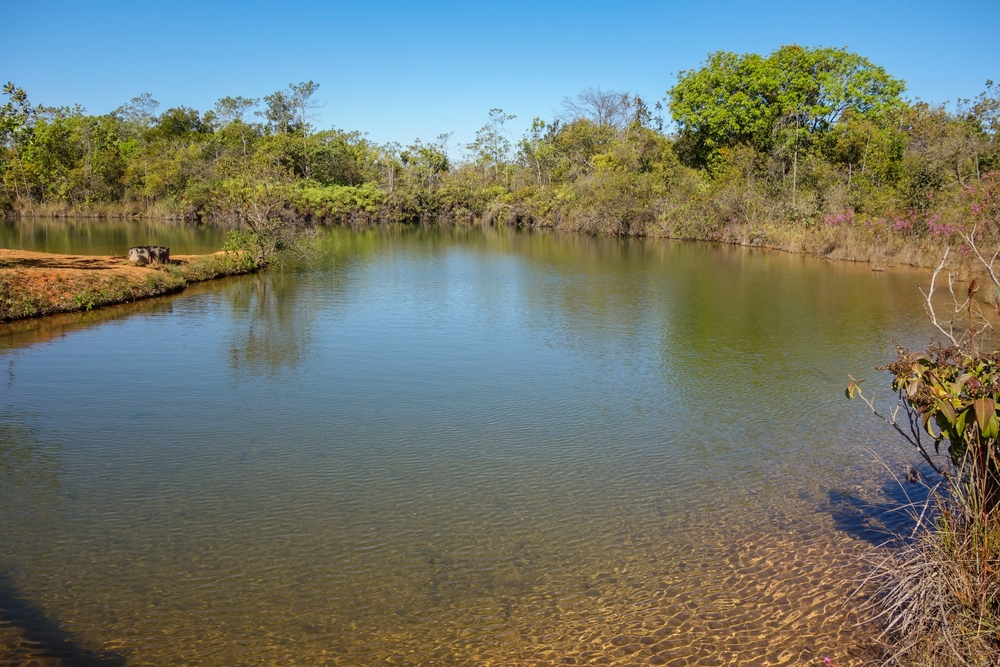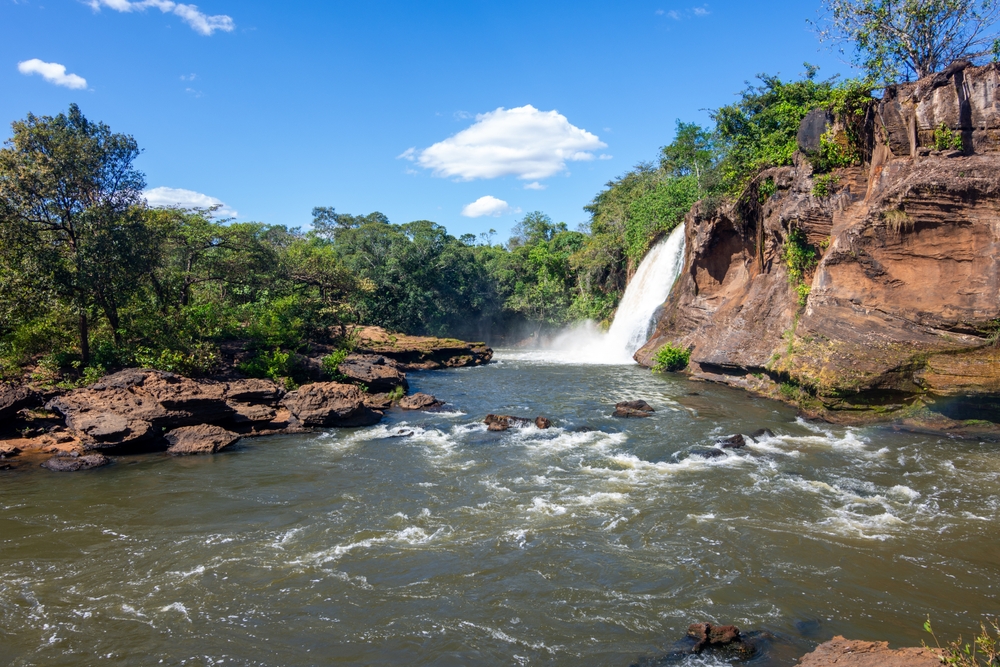Emas Overview
Emas National Park, known locally as Parque Nacional das Emas, is located in the central-western region of Brazil, spanning approximately 507 square miles (1,320 square kilometers).
Situated within the states of Goiás and Mato Grosso do Sul, the park is an essential conservation area within the expansive Cerrado biome, which is one of the world’s most biodiverse tropical savannas.
The landscape of the park is characterized by vast open grasslands, rolling hills, and seasonal wetlands, creating a mosaic of habitats that sustain a rich array of flora and fauna. The park is also known for its termite mounds, which glow at night during certain times of the year due to bioluminescent fungi, creating a unique visual spectacle.
The terrain of Emas National Park is primarily composed of flat plains interspersed with gently rolling hills. The vegetation is a mix of dense and sparse grasslands, with patches of gallery forests lining the rivers that cross through the park. During the rainy season, temporary wetlands form, supporting a diverse aquatic ecosystem.
The park’s climate is tropical, with a dry season from May to September and a wet season from October to April, influencing the variety of plant and animal life throughout the year. The biodiversity of the park is supported by native species such as the buriti palm and various flowering plants that bloom across the grasslands.
Emas National Park is home to an impressive array of wildlife, particularly large mammals and birds that are characteristic of the Cerrado. Visitors may encounter the giant anteater, known for its distinctive long snout and bushy tail, as well as the maned wolf, an elusive canid with long legs adapted for navigating tall grasses. Other notable species include the Brazilian tapir, the pampas deer, and the jaguar, although sightings of the latter are rare due to its secretive nature.
The park is also a haven for birdwatchers, with species such as the greater rhea, a large flightless bird similar to an ostrich, and the hyacinth macaw, the world’s largest parrot with striking blue plumage. Raptors, including the savanna hawk and the black-chested buzzard-eagle, are frequently spotted soaring above the open landscapes.
One of the most captivating features of the park is its bioluminescent termite mounds, which glow at night due to a fungus that attracts insects, creating an otherworldly effect across the grasslands. This natural phenomenon is a rare spectacle and one of the park’s most photographed events.
The park also features a network of rivers and natural pools, providing scenic spots for visitors to observe wildlife and relax in nature. The scenic beauty and biological richness of the park make it a remarkable destination for ecotourism.
Visitors can engage with the park through guided safaris, birdwatching excursions, and hiking trails that provide opportunities to experience the landscape up close. Jeep tours allow access to more remote areas, increasing the chance of spotting elusive wildlife.
Nighttime tours are popular for witnessing the glowing termite mounds and observing nocturnal animals such as owls and armadillos. Additionally, river activities, such as canoeing and wildlife observation along the park’s waterways, offer another way to appreciate the park’s ecological diversity.
Despite its ecological significance, Emas National Park faces several conservation challenges. Agricultural expansion in the surrounding regions poses a threat to the park’s buffer zones, impacting wildlife corridors and water sources. Fire management is a key concern, as both natural and human-induced fires affect the delicate balance of the ecosystem.
However, conservation efforts, including habitat restoration and the establishment of ecological corridors, have helped sustain populations of key species. The park is part of the UNESCO-recognized Cerrado Biosphere Reserve, reinforcing its importance in global conservation efforts.
Research and monitoring programs continue to play a crucial role in maintaining the park’s biodiversity and mitigating environmental threats.
Park Map
Emas National Park Highlights
Share your clicks with us
Related National Parks More Brazil
Sources
- Header Image Source: https://www.gov.br/icmbio/pt-br/assuntos/biodiversidade/unidade-de-conservacao/unidades-de-biomas/cerrado/lista-de-ucs/parna-das-emas




